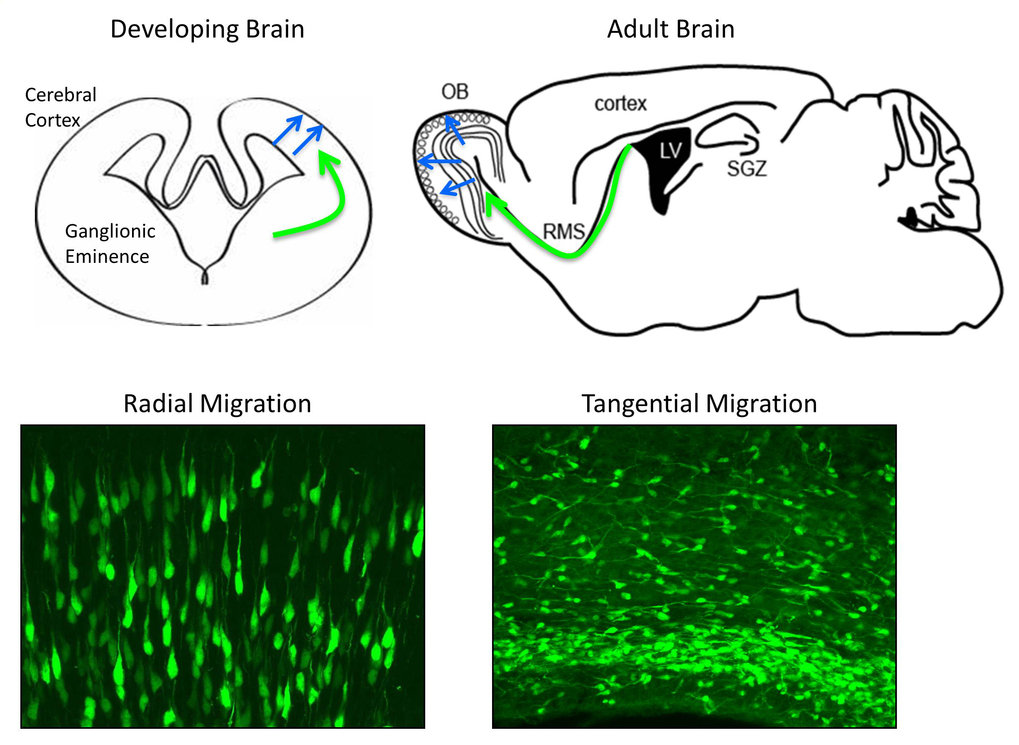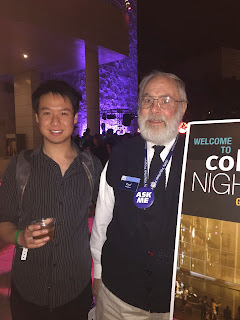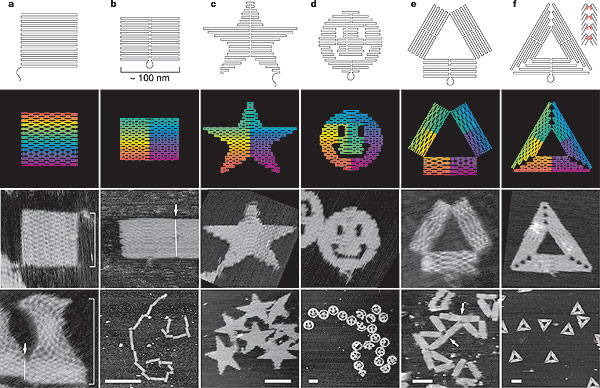During my trip to Desert springs, I spontaneously stumbled upon an art exhibit called "Jones & Terwillger Galleries that displayed many forms of interesting glass art. The exhibit mainly consists of colorful garden scenes, European and American landscapes, masterfully painted figurative studies, still life, and seascapes in realistic and impressionistic styles. In the context of our course, I became much more critical in evaluating the source of inspirations that led to the creation of each piece of artwork, whether it stems from nature, beauty, or science.
 The double helix glass work was the first sculpture that caught my attention when I walked in. The first thought that came to my mind was the mathematics behind the sculpture. While the image taken to the left may look asymmetrical, the actual work is quite symmetric when viewed in 3D space rather than a 2D image. The asymmetry is actually an illusion made possible by spiraling symmetrical squares following a Golden Ratio.
The double helix glass work was the first sculpture that caught my attention when I walked in. The first thought that came to my mind was the mathematics behind the sculpture. While the image taken to the left may look asymmetrical, the actual work is quite symmetric when viewed in 3D space rather than a 2D image. The asymmetry is actually an illusion made possible by spiraling symmetrical squares following a Golden Ratio.At the same time, I came to realize the biological inspirations of DNA that might have led the artist to create this work. Like this artwork above, the helix cycles of DNA measures 34 by 21 angstrom in lengths, which also equate to the Golden Ratio. While it is unclear if the original inspiration or purpose of this artwork is based on a biological one, natural mathematical phenomenons never fails to find it's place in art.
Further information regarding the mathematical ratios found in DNA can be found at http://www.goldennumber.net/dna/ .
In addition to the spiral glasswork, I was intrigued by other designs within the exhibition. In the week of neuroscience & art, we learned that many works of art stems from the chaos and layered confusion that underlies our thought process and reality. Essentially, the theme of complication is portrayed in the work on the left. By first glance, the artwork looks like it is made from a variety of glass pieces. However, upon closer examination the glass sculpture is actually composed of the same fundamental piece of glass assembled together, similar to the way our brain is composed of fundamental units of neurons.
Fundamental units of neurons are very consistent and homologous.
Many individuals may have different perspectives on the sculpture on the right. To me, the sculpture on the right represents a compound similar to:
While I am unsure what the sculpture represents exactly, I am satisfied knowing that everyone can take away something different. Without having undergone biotechnology and art chapter in our class, I would have never noticed the relation of the sculpture to the sciences.
Realistic canvas art is one of the most prevalent forms of art throughout history, particularly in the 19th century. Growing up in the 21th century, I always resorted to utilizing camera or recording devices whenever I need to capture reality. After seeing the vivid details and exactness portrayed in the drawing above, I began to think about the important role of realistic art across centuries of human civilization before the invention of photography. While this particular work of art does not have any immediate ties to science and technology, the realistic work of art above reminds us to think about how the field of realistic artwork will be captured in centuries to come when digital photography and videos become obsolete.
One of my favorite works of sculpture art in the exhibit was the mixed medium work above. As observed, the artwork is structurally composed of glass layers embedded within the stone designs. Without realizing until after measuring the artwork with a pixelated ruler, I confirmed that the proportions of the base of the artwork is in perfect "golden ratio" as the middle segment. Whether intentional or not, I am still astonished by the prevalence of mathematical ratios found throughout art.
"DNA Spiral as a Golden Section." Phi 1618 The Golden Number. N.p., 13 May 2012. Web. 18 May 2015. <http://www.goldennumber.net/dna/>.
Further information regarding this exhibit can be found at: http://www.jones-terwilliger-galleries.com/
"Developmental Neurobiology." Max Planck Institut Für Psychiatrie. N.p., n.d. Web. 18 May 2015. <http://www.psych.mpg.de/2049085/cappello>.
"Jones & Terwilliger Galleries." Jones & Terwilliger Galleries. N.p., n.d. Web. 18 May 2015. <http://www.jones-terwilliger-galleries.com/>.
"PEOI Organic Chemistry." PEOI Organic Chemistry. N.p., n.d. Web. 18 May 2015. <http://www.peoi.org/Courses/Coursesen/chemorg/contents/frame12i.html>.
Further information regarding this exhibit can be found at: http://www.jones-terwilliger-galleries.com/
References:
"Developmental Neurobiology." Max Planck Institut Für Psychiatrie. N.p., n.d. Web. 18 May 2015. <http://www.psych.mpg.de/2049085/cappello>.
"Jones & Terwilliger Galleries." Jones & Terwilliger Galleries. N.p., n.d. Web. 18 May 2015. <http://www.jones-terwilliger-galleries.com/>.
"PEOI Organic Chemistry." PEOI Organic Chemistry. N.p., n.d. Web. 18 May 2015. <http://www.peoi.org/Courses/Coursesen/chemorg/contents/frame12i.html>.

































